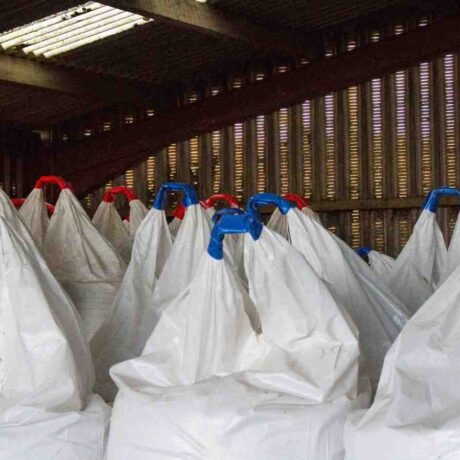Agronomy Club – May 2025
Ceres Research
May, 20 2025Ceres Research delivered their first Agronomy Club webinar, focused on weather impacts, nitrogen and rotations. This is the first of a series of monthly Agronomy Clubs, held on the third Thursday of every month for Ceres Research members. These webinars are designed to help aid your decisions and plan for upcoming agronomy, powered by the latest scientific data.
The webinar slides can be viewed below along with an overarching summary of the discussions.
Click here to view the webinar slide deck.
Weather Conditions and Impact on Crops: Danni provided an update on current weather conditions, highlighting the increase in temperatures and decrease in rainfall compared to previous years. She explained the impact of these changes on crop growth and yield, noting that global wheat production is estimated to fall by 6% for each degree of temperature increase. Danni also discussed the East Atlantic and Western Russia surface air pressure pattern and its effect on storm tracks and moisture content across Europe which may be one of the causes behind the dry spring this year.
Yield Expectations and Grain Quality: Alex discussed yield expectations for various crops, focusing on winter wheat. He explained the inverse relationship between crop yield and grain protein content, known as the dilution effect. Alex presented data showing that linking yield and grain quality is complex and emphasised the need for monitoring and data recording at the farm level to tailor crop management decisions.
Nitrogen Applications and Crop Health: Jock provided insights into nitrogen applications and their impact on crop health. He explained that most crops have received the intended amount of nitrogen, which is now waiting for rainfall to be absorbed. Jock discussed the importance of monitoring nitrogen levels and the potential benefits of foliar urea applications for milling wheat. He also highlighted the need to protect crops from rust and septoria infections.
New Season Nitrogen Prices: Jock shared information on new season nitrogen prices, anticipating that market prices would be released next week, likely around £315-£325. He mentioned the competitiveness of Granular Urea and liquid fertilizer prices compared to ammonium nitrate. Jock suggested that farmers might secure some nitrogen at these prices and worry about payment terms later.
Crop Rotation and Break Crops: Jock discussed crop rotation options, emphasising the importance of selecting break crops that offer good yield potential and reduced risk. He highlighted the benefits of growing HEAR rape for its premium price and potential to de-risk cabbage stem flea beetle pressure. Jock also mentioned the upcoming trials days and the need to replace septoria-susceptible varieties with more robust options.
Open Discussion and Q&A: Tim facilitated the open discussion session, inviting participants to ask questions and share their experiences. Various questions were raised about T3 fungicides, septoria infections, nitrogen applications, and biostimulants. Jock provided detailed answers and insights, emphasising the importance of protecting crops and making informed decisions based on weather conditions and crop health.
- Fungicides: Thoughts on T3 fungicides for milling wheat? Jock explained that the decision depends on the effectiveness of T2 applications and the weather forecast. He emphasised the importance of protecting crops from rust and septoria infections.
- Septoria Infections: What is the likelihood of septoria infections after rain? Jock explained that septoria is likely to start from the bottom of the crop and move up, depending on the duration of wet conditions. He emphasised the importance of timely fungicide applications.
- Nitrogen Applications: Is there a cutoff for applying the last 50 kg of nitrogen in feed wheat? Jock explained that the decision depends on the amount of nitrogen already applied and the likelihood of rainfall. He suggested that late applications may not provide a significant yield response.
- Biostimulants: What biostimulants, if any, may provide relief to drought stress? Danni explained that biostimulants are very site specific (including crop type and variety, soil type, growth stage, type of application etc) and so whilst certain products including amino acids for example can manipulate crop response to drought stress, more evidence is needed for individual farming types to show more concrete evidence to support their use.
If you would like to access all future Agronomy Clubs and much more, sign up to become a Ceres Research member today!





